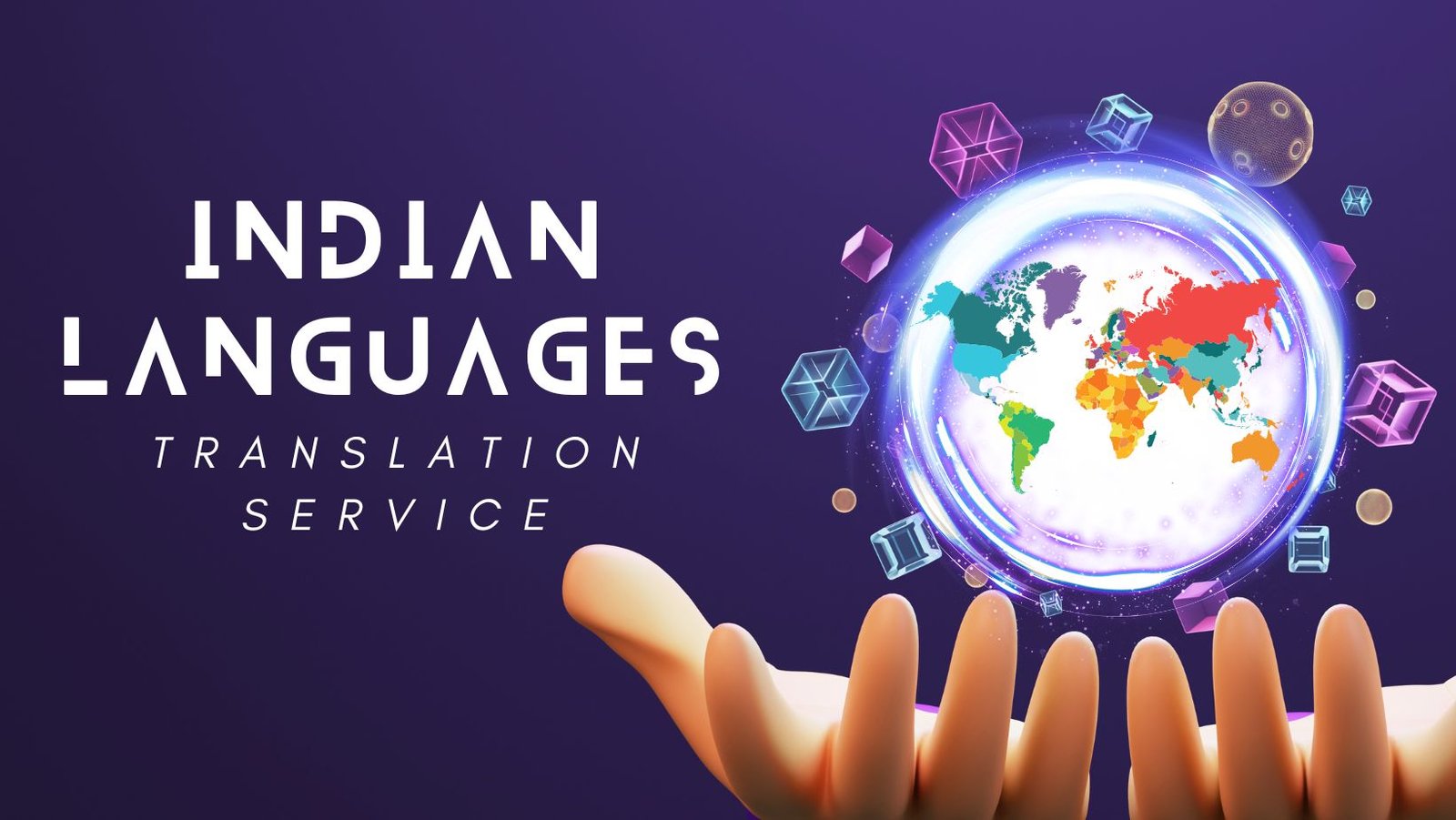Translating Indian languages in business is crucial for reaching diverse markets and expanding your company’s reach. With over 22 officially recognized languages and numerous dialects, effective translation requires careful planning and strategy. Here are some key strategies to consider when translating Indian languages in business.
1. Identify Your Target Audience
The first step in translating Indian languages in business is to identify your target audience. Understanding which Indian languages your potential customers speak will help you choose the right language for your translations. For example, if you’re targeting a market in Maharashtra, Marathi would be the primary language to consider.

2. Choose Professional Translators
When translating Indian languages in business, it’s essential to use professional translators who are fluent in both the source and target languages. Look for translators with expertise in business terminology and an understanding of cultural nuances. This ensures accuracy and relevance in your translations.
3. Use Localized Content
Localization goes beyond mere translation. It involves adapting your content to fit the cultural and social context of your target audience. When translating Indian languages, ensure that your content resonates with local customs, idioms, and cultural references. This approach helps in connecting better with your audience.
4. Leverage Technology
Utilize translation software and tools to aid in translating Indian languages in business. Tools like CAT (Computer-Assisted Translation) can help maintain consistency and efficiency in your translations. However, ensure that these tools are complemented by human translators to avoid errors.
5. Maintain Consistency
Consistency is key in translating Indian languages into business. Develop a style guide and glossary to maintain uniformity in your translations. This is particularly important for technical or legal documents where precise terminology is crucial.
6. Test Your Translations
Before finalizing your translations, test them with native speakers from your target market. This helps in identifying any issues or awkward phrasing that might not be evident to non-native speakers. Testing ensures that your translations are both accurate and effective.
7. Understand Regional Dialects
India’s linguistic landscape is diverse, with many languages having regional dialects. When translating Indian languages in business, be aware of these dialects and choose the one that aligns with your target audience’s preferences. This ensures that your message is received clearly and correctly.
8. Ensure Cultural Sensitivity
Cultural sensitivity is crucial when translating Indian languages. Be mindful of local customs, traditions, and taboos to avoid offending your audience. This will help in building a positive brand image and fostering trust with your customers.
9. Focus on Quality Assurance
Implement a quality assurance process to review your translations. This can include proofreading, editing, and final reviews to catch any errors or inconsistencies. High-quality translations reflect positively on your business and ensure clear communication.
10. Incorporate Feedback
Gather feedback from your audience and stakeholders regarding your translations. Use this feedback to make necessary adjustments and improve your translation strategy. This iterative process helps in refining your approach and achieving better results.
11. Keep Legal and Regulatory Requirements in Mind
Ensure that your translations comply with local legal and regulatory requirements. Different regions may have specific rules for business communications, and adhering to these regulations is essential for legal compliance and business operations.
12. Update Translations Regularly
Language and market conditions evolve, so it’s important to update your translations regularly. Review and revise your content to keep it current and relevant. This practice helps in maintaining engagement with your audience and staying competitive in the market.
13. Use Multilingual SEO
Optimize your translated content for search engines by implementing multilingual SEO practices. This includes using relevant keywords in the target language and optimizing meta descriptions, titles, and tags. Effective multilingual SEO improves your visibility and attracts more local traffic.
14. Train Your Team
Educate your team about the nuances of translating Indian languages in business. Providing training on cultural sensitivity, language specifics, and localization practices can enhance their understanding and effectiveness in handling multilingual tasks.
15. Build Strong Relationships with Local Partners
Form partnerships with local businesses or agencies that understand the regional market. These partners can provide valuable insights and support in translating Indian languages in business, ensuring that your content is well-received and appropriately localized.
Conclusion
Successfully translating Indian languages in business requires a combination of strategic planning, professional expertise, and cultural awareness. By following these strategies, you can ensure that your translations are accurate, culturally appropriate, and effective in reaching your target audience. Investing in high-quality translations will enhance your business’s global presence and foster stronger connections with diverse markets.

